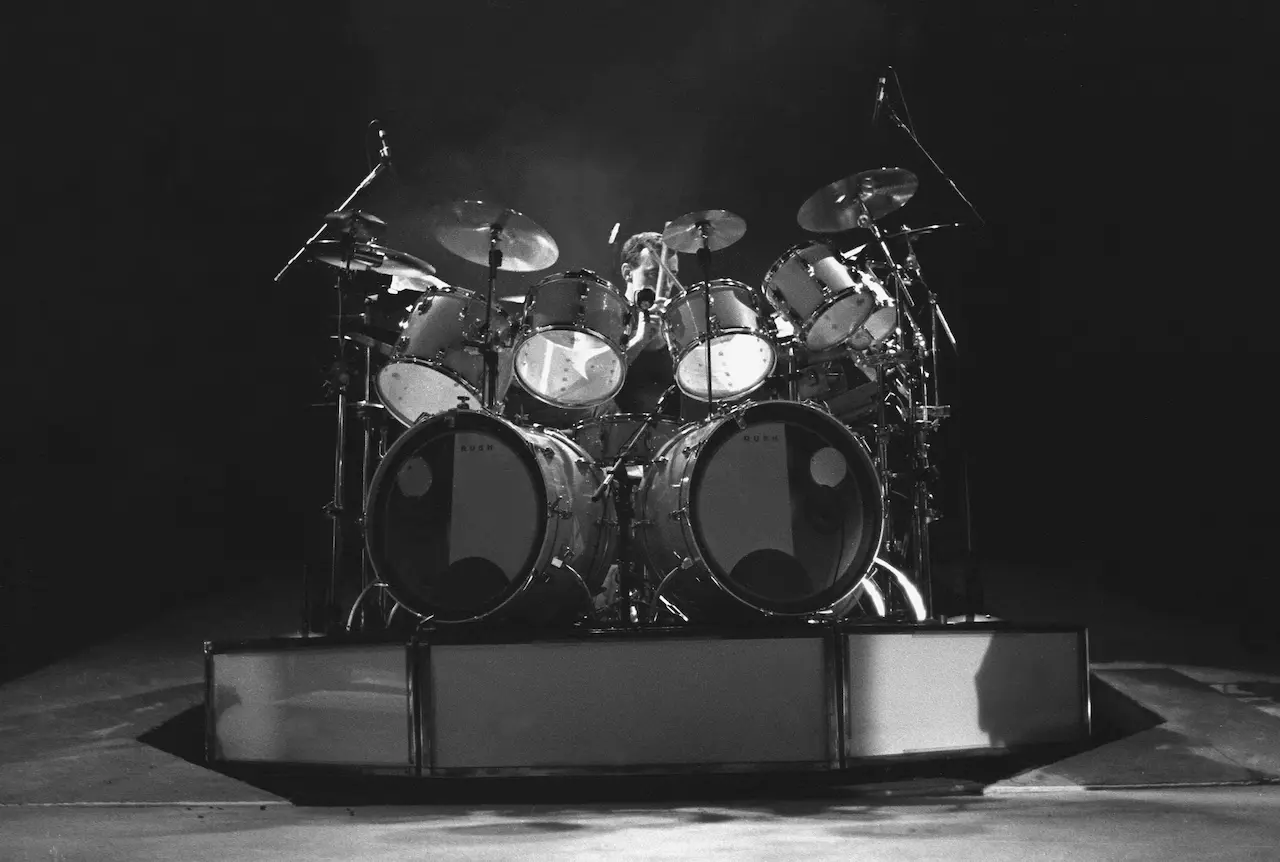More stories
-
Hot Popular
-
Hot Popular
Drummer Plays on a Snare Drum Made Entirely of LEGOS!
Get ready to have your mind blown, drummers and LEGO fanatics alike! YouTuber 66Samus, known for his epic drumming skills and infectious metalhead energy, just got his hands on the most unique snare drum you’ve ever seen. This isn’t your average birch or maple shell – this bad boy is built from a whopping 1,400 […] More
-
Hot Popular
-
-
Trending Hot Popular
-
Hilariously Accurate Drummer Look-Alikes
Travis Barker & Carey Hart View this post on Instagram A post shared by travisbarker (@travisbarker) View this post on Instagram A post shared by Carey Hart (@hartluck) Travis Barker and Carey Hart, though hailing from different corners of the music and motocross worlds, share a striking resemblance that often has fans doing a double-take. […] More
-
Trending Hot Popular
50+ Funny Drummer Memes From The Internet
Typical bass player Harsh, but True Obsessed With Count-Ins Drumbledore Snare Confrontation Drummer Joke Infographic Drum Egomaniac A real Traffic Jam He Plays “Tomb Beats” now More
-
15 Intermediate Drum Songs You NEED To Learn
Stepping up from the basics to intermediate drumming is a thrilling journey, and what better way to hone your skills than jamming to some iconic tracks? I’ve discovered that diving into songs with a bit more complexity can really sharpen my technique and timing. From the live drum beats of Daft Punk’s “Random Access Memories” […] More
-
Trending Hot Popular
The BEST Rock Drummers of All Time
I’ve spent countless hours behind my drum kit, sticks in hand, trying to emulate the rhythmic genius of some of the world’s best rock drummers. The thunderous beats, the intricate fills, the sheer power, and precision – it’s an art form that leaves me in awe every time. In this piece, we’ll dive headfirst into […] More
-
Trending Hot Popular
10 of the Best-Sounding Drum Albums Recorded EVER
1. Moving Pictures – Rush “Moving Pictures” by Rush was recorded at Le Studio in Morin-Heights, Quebec, and is renowned for its exceptional sound quality, especially its drum production. The album was engineered by Paul Northfield and produced by Terry Brown, whose collaboration helped create one of the most sonically impressive drum sounds in rock […] More
-
Sylvia Cuenca, San Jose’s Impressive Drummer
Sylvia Cuenca is a powerhouse drummer from New York who has made a name for herself in the jazz drumming community. Her powerful style, incredible skill, and drive to push the boundaries of her craft have earned her spots playing alongside some of the greatest jazz legends, including saxophone legend Joe Henderson and trumpet legend […] More
-
Dynamic Drums: The Brilliance of Billy Cobham
Billy is a Panamanian–American jazz drummer who has been generally acclaimed as fusion’s greatest drummer. Many musicians and music critics have praised his dynamic style, complex grooves, and explosive playing over the years. Billy Cobham is best known for his work with Miles Davis and the Mahavishnu Orchestra, but he has also worked with bands […] More
-
Music for Restaurants: Setting the Perfect Ambience
As the saying goes, “Music is the food of love.” Music plays a crucial role in creating the right atmosphere in any restaurant. It can also increase the greatness of your customers’ dining experiences. Whether you run a fine-dining establishment or a casual eatery, selecting the right background music can enhance your customers’ dining experience […] More
-
Gar Samuelson, The Legendary Drummer of Megadeth
Gar Samuelson is widely regarded as one of the most influential drummers in thrash metal history, thanks to his impressive runs with Megadeth. But beyond being a skilled metal drummer, Samuelson was also known for his unique style that incorporated elements of jazz fusion, making him an inspiration to many metal musicians. His innovative and […] More
-
Drums of Passion: The Beat of Babatunde Olatunji
With a passion for music and activism, Babatunde Olatunji has drummed his way all around the world. Before traveling and changing people’s lives with his unique rhythms and vision, Babatunde Olatunji was a student at Morehouse College in Atlanta. Claiming a Rotary scholarship, he made his way over to attend college in the USA in […] More













